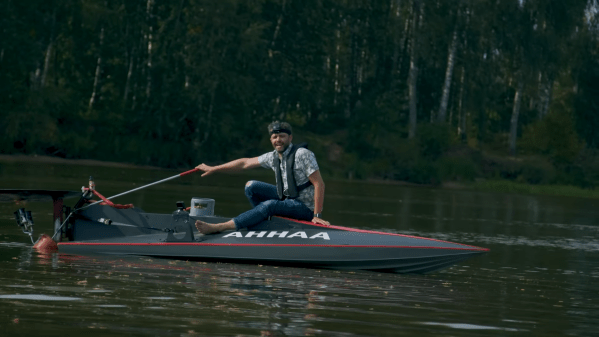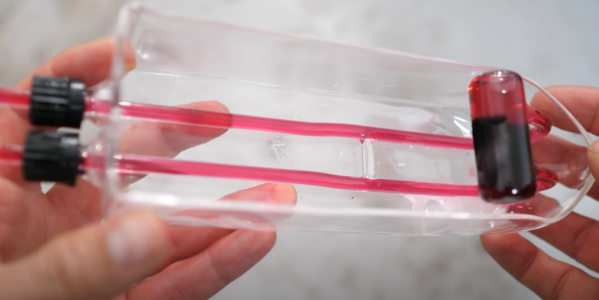Pop-pop boats are a neat little science teaching tool that many children end up playing with at some point or other. They’re normally sized to float around a sink or bathtub. [Steve Mould] recently got the opportunity to board a much larger example, sized for an actual human passenger.
The boat belongs to the The AHHAA Science Center in Estonia, along with a smaller model about half the size. Both are fired by propane gas burners to give them some real heat output into the water tank, far beyond what you’d get from little tea light candles. In the case of the larger boat, it uses a series of valves to allow the tank to be filled with water while the rear thrust pipes are closed.
At the larger scale, it’s more easy to visualize the flow out of the boat’s rear outlets. It’s by no means a fast way to get around on the water, with a top speed somewhat less than walking pace. It’s also very loud. Regardless, it’s amusing to see the pop-pop engine work even when scaled up to full size.
If you’re looking for an in-depth explanation of how pop-pop boats work, [Steve Mould] has covered that previously. Video after the break.












